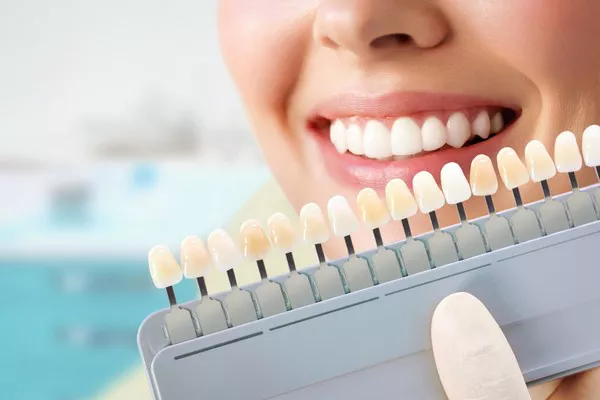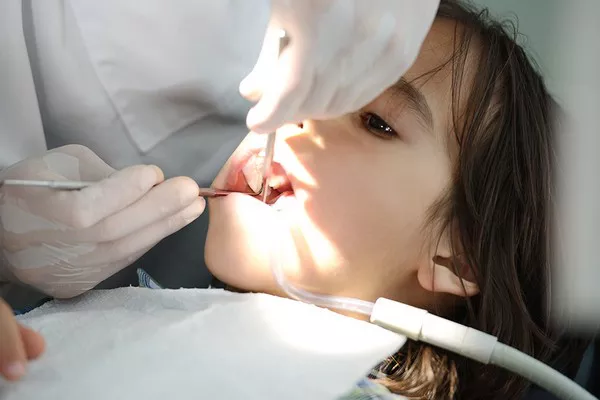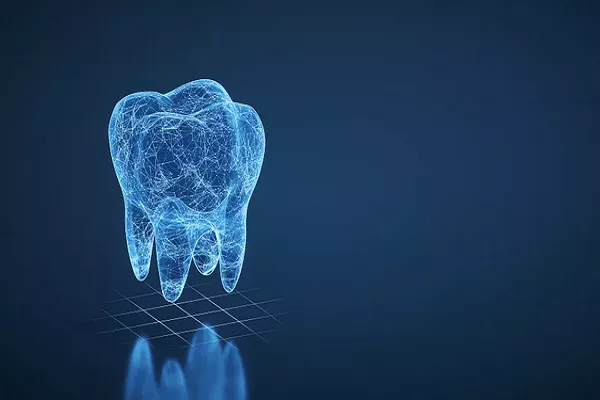In the realm of oral health, misconceptions often linger, impacting individuals’ dental care routines. Unveiling the truths behind these commonly held myths is crucial for fostering proper dental hygiene. Today, we debunk five prevalent misconceptions surrounding oral health.
1. Myth: The Harder the Brush, the Better
Contrary to popular belief, the optimal toothbrush features a small head with numerous soft bristles. The small head facilitates reaching all areas, while soft bristles ensure gentle yet effective cleaning of the gums without causing harm.
2. Myth: Avoid Brushing the Gums and Tongue
It is a misconception that brushing the gums leads to retraction. In reality, using a soft brush at a 45° angle, dividing attention equally between the gums and tooth structure, is advised. Additionally, cleaning the tongue is essential, as it harbors bacteria.
3. Myth: Don’t Brush if Gums Bleed
Bleeding gums do not signify excessive brushing or the need to avoid that area. On the contrary, consistent brushing can lead to a reduction and eventual cessation of bleeding, as improved gum health ensues. Neglecting the affected area may exacerbate the infection, as it is bacterial presence that causes swelling and bleeding.
4. Myth: Sugar-Free Fizzy Drinks are Cavity-Free
Despite lacking sugar, sugar-free fizzy drinks pose a risk due to their acidity. The acid content can compromise enamel structure, potentially leading to dental issues.
5. Myth: Children Don’t Need to Brush as Often
The misconception that children require less frequent brushing is misguided. Baby teeth serve as the foundation for adult teeth. Early removal due to decay can disrupt the proper spacing needed for the eruption of adult teeth, impacting a child’s future smile. Maintaining the health of baby teeth is integral to ensuring a positive impact on the overall dental well-being of children.
































